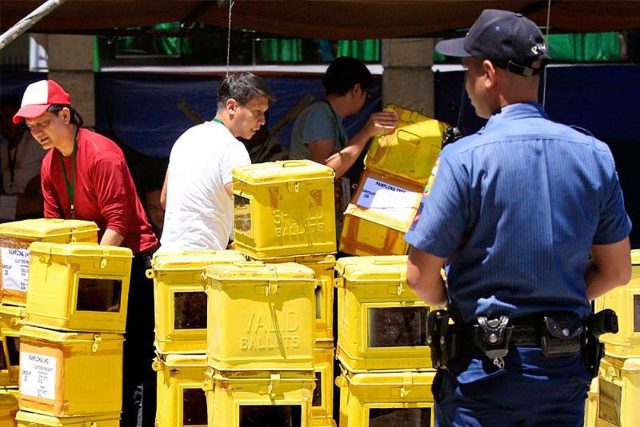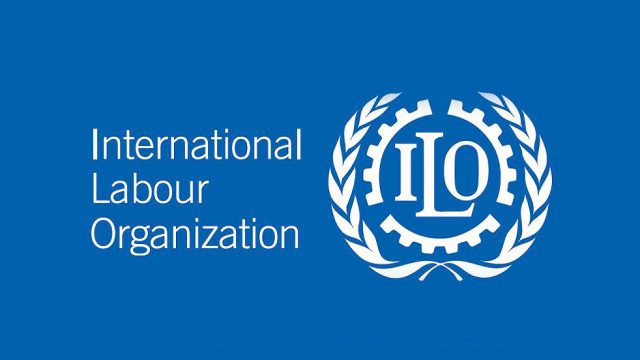Arts & Culture (08/18/21)

Metropolitan Museum’s Art Inspires series
THE ART Inspires series, launched in March, is the Metropolitan Museum of Manila’s series of dialogues with artists, curators, scholars, and writers with a focus on the artistic process and experience in reference to an artist’s work or body of works featured in ongoing exhibitions at the museum. Series 3 of Art Inspires is “Into The Abyssal Zone,” to be held on Aug. 28, 10 – 11:30 a.m., live on Zoom and Facebook. It will feature Invasion of Ona from the Museum collection and the works of Ernest Concepcion. The talk will involve the artist, Daki Fernando, a professor at the UP College of Fine Arts, and Carl Javier, CEO of PumaPodcast and a lecturer at the Ateneo Fine Arts Department. Mr. Concepcion’s highly illustrative body of work draws from the visual narratives of comics, sci-fi, and fantasy genres, as well as the broader speculative worlds born out of geek culture. For more information, send an e-mail to info@metmuseum.p.h
The Manila Girls virtual heritage tour
A HERITAGE and food tour — “The Manila Girls Virtual Tour with Goodies” — will be held on Aug. 30, 4 p.m. The virtual tour will explore the environs of Tondo, Malate, España (Sampaloc), and Makati. All four of these places have rich, complex histories that date back to the Spanish Era (and in Tondo’s case, precolonial times) which will be explored in this virtual session. To make the experience more memorable, the tour comes bundled with the latest batch of Manila Girls Goodies. Tour rates are P999, inclusive of the Manila Girls Goodies Bundle. Registration closes on Aug. 25. Slots are limited. This is a project of The Heritage Collective and WanderManila, in cooperation with Ang Kuwentong Inuwi Mo (Akim) and Purple Banyan. For more information and to reserve a slot, send a message at www.facebook.com/WanderManila/posts/1730761430446906.
All CCP 13 Artists awardees in one website
THE CCP Visual Arts and Museum Division recently launched the first online listing of recipients of the CCP Thirteen Artists Award. The microsite is a searchable resource containing the roster of artists and archival posters from each year of the program. Now on its 18th year of conferment, the CCP Thirteen Artists Award is the oldest government award for visual artists. It celebrated 50 years of its founding in 2020, and has named 211 artists to date, with the latest batch announced just last month. To know more about who’s who, visit thirteenartists.culturalcenter.gov.ph.
British Council offers artist grants
APPLICATIONS for the latest round of the British Council’s Connections Through Culture (CTC) grants in Southeast Asia are now open until Sept. 5. Initiated in 2019, CTC grants promote arts and cultural exchange between the UK and Southeast Asia to spark innovative ways for participants to collaborate through the arts. The bilateral grants program supports cultural exchanges and collaborations between artists and art organizations to nurture cooperation and long-lasting relationships between the UK and, for 2021, six Southeast Asia countries: Indonesia, Myanmar, Malaysia, the Philippines, Thailand, and Vietnam. With coronavirus disease 2019 (COVID-19), travel is restricted and uncertain, so the CTC grants will be used to develop and strengthen new and existing relationships and provide funding to promote dialogue and explore the possibilities of online collaboration. Last year, the grant allowed artist-educator Nathalie Dagmang and Keel University cultural geographer and educator Deirdre McKay to bring Filipino labor migrants into conversation with artists, family members, and policy makers across the diaspora through an online space called Kamustahan Art Projects. Participants presented their artwork through a virtual exhibition to honor the contributions of Filipino migrant workers in the time of COVID. Artists, arts professionals and art group/collective representatives are eligible to apply for the online grants valued up to £8,000. A new alumni scheme is also open for previous grantees, with value up to £2,000 GBP. Grantees may use the fund for projects, platforms and conversations between Oct. 2021 to Feb. 2022. Successful applicants will be announced end of September. Applicants can find full information on the Southeast Asia pages of the CTC grant; in the case of the Philippines, on British Council Philippines. To apply and for general enquiries, e-mail ctc@britishcouncil.org.

















